 A simple model in economics is that of demand and supply. Through the price mechanism, signals are sent between consumers and producers and this interaction results in an equilibrium market price and quantity. However, what happens when the market for a good or service is in disequilibrium?
A simple model in economics is that of demand and supply. Through the price mechanism, signals are sent between consumers and producers and this interaction results in an equilibrium market price and quantity. However, what happens when the market for a good or service is in disequilibrium?
When a market is in equilibrium, demand equals supply. However, as we discussed in a previous blog concerning baby milk in China (see Milking the economy), markets are not always in equilibrium. If demand exceeds supply, a shortage will emerge and to eliminate this, the price must rise. If, on the other hand, supply exceeds demand, there will be an excess supply and thus the price must fall to restore equilibrium.
The market in question here is toilet paper in Venezuela! A severe shortage of this product has emerged in recent months, with shops running out of supplies. In a bid to relieve this shortage, the country’s Minister of Commerce has received approval for a $79 million credit, which can be used to import this basic product in short supply. Fifty million rolls will be imported to help fill the shortage that has emerged. The shortage is not just a problem for toilet paper, but also across a range of basic consumer goods. The article from Reuters comments that:
The government says the toilet paper shortages, like others, are the results of panicked buying and unscrupulous merchants hoarding the goods to artificially inflate prices.
Opposition critics say the problem is caused by the currency controls, created a decade ago by late socialist leader Hugo Chavez, and years of nationalizations that weakened private industry and left businesses unwilling to invest.
With shortages across a variety of products, the President has begun to work closely with business leaders to address this situation. The following articles consider this basic market, the intervention and consequences.
Venezuela hopes to wipe out toilet paper shortage by importing 50m rolls The Guardian (16/5/13)
Venezuela ends toilet paper shortage BBC News (22/5/13)
With even toilet paper scarce, Venezuelan president warms to business Reuters, Eyanir Chinea (22/5/13)
Toilet paper shortage in Venezuela to end after lawmakers back plans to import 39 million rolls Huffington Post, Sara Nelson (22/5/13)
Venezuela’s toilet paper shortage ended; 3 other basic goods that went scarce in the country International Business Times, Patricia Rey Mallen (22/5/13)
Questions
- Using a demand and supply diagram, explain how equilibrium is determined in a free market.
- Illustrate the shortage described in the aticles on your above demand and supply diagram. How should the price mechanism adjust?
- What types of government intervention have led to the shortages of such basic consumer goods?
- How have currency controls created a problem for Venezuela?
- With an increase in imported products, what impact might there be on Venezuela’s exchange rate and on its balance of payments?
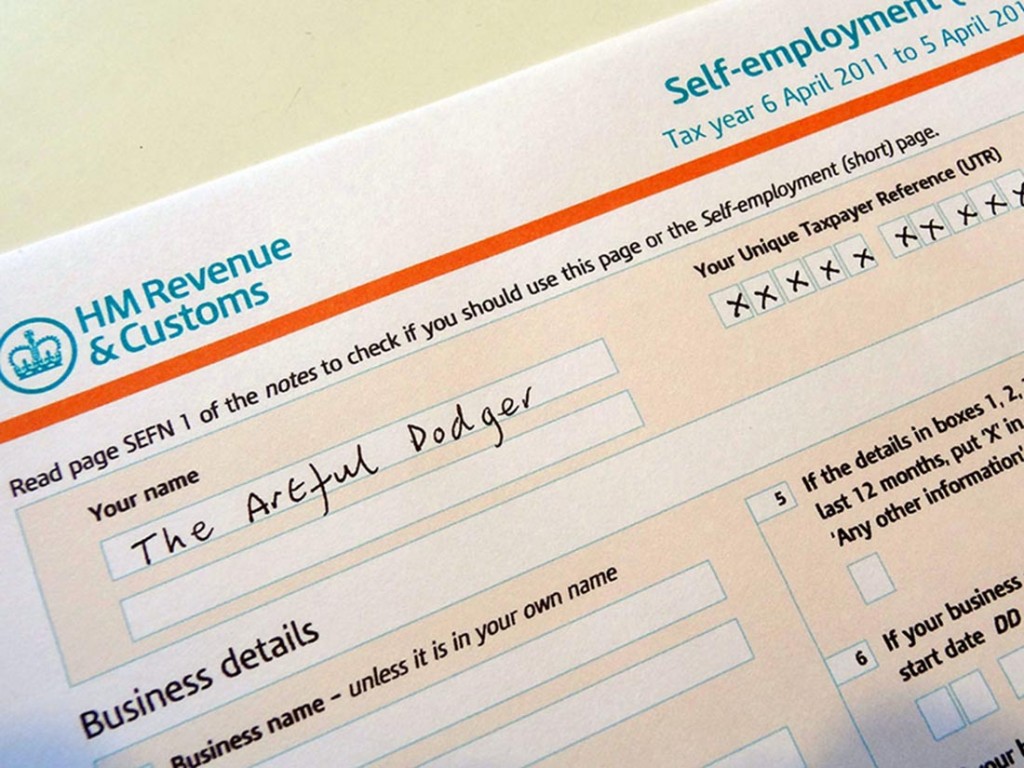 If you ask most people whether they like paying tax, the answer would surely be a resounding ‘no’. If asked would you like to pay less tax, most would probably say ‘yes’. Evidence of this can be seen in the behaviour of individuals and of companies, as they aim to reduce their tax bill, through both legal and illegal methods.
If you ask most people whether they like paying tax, the answer would surely be a resounding ‘no’. If asked would you like to pay less tax, most would probably say ‘yes’. Evidence of this can be seen in the behaviour of individuals and of companies, as they aim to reduce their tax bill, through both legal and illegal methods.
Our tax revenues are used for many different things, ranging from the provision of merit goods to the redistribution of income, so for most people they don’t object to paying their way. However, maintaining profitability and increasing disposable income is a key objective for companies and individuals, especially in weak economic times. Some high profile names have received media coverage due to accusations of both tax avoidance and tax evasion. Starbucks, Amazon, Googe and Apple are just some of the big names that have been accused of paying millions of pounds/dollars less in taxation than they should, due to clever (and often legal) methods of avoiding tax.
 The problem of tax avoidance has become a bigger issue in recent years with the growth of globalisation. Multinationals have developed to dominate the business world and business/corporation tax rates across the global remain very different. Thus, it is actually relatively easy for companies to reduce their tax burden by locating their headquarters in low tax countries or ensuring that business contracts etc. are signed in these countries. By doing this, any profits are subject to the lower tax rate and are thus such companies are accused of depriving the government of tax revenue. Apple is currently answering questions posed by a US Senate Committee, having been accused of structuring its business to create ‘the holy grail of tax avoidance’.
The problem of tax avoidance has become a bigger issue in recent years with the growth of globalisation. Multinationals have developed to dominate the business world and business/corporation tax rates across the global remain very different. Thus, it is actually relatively easy for companies to reduce their tax burden by locating their headquarters in low tax countries or ensuring that business contracts etc. are signed in these countries. By doing this, any profits are subject to the lower tax rate and are thus such companies are accused of depriving the government of tax revenue. Apple is currently answering questions posed by a US Senate Committee, having been accused of structuring its business to create ‘the holy grail of tax avoidance’.
Many may consider the above and decide that these companies have done little wrong. After all, many schemes aimed at tax avoidance are legal and are often just a clever way of using the system. However, in a business environment dominated by the likes of Google, Apple and Amazon, the impact of tax avoidance may not just be on the government’s coffers. Indeed John McCain, one of the Committee members asked:
…Couldn’t one draw the conclusion that you and Apple have an unfair advantage over domestic based corporations and companies, in other words, smaller companies in this country that don’t have the same ability that you do to locate in Ireland or other countries overseas?
The concern is that with such ability to avoid huge amounts of taxation, large companies will inevitably compete smaller ones out of the market. Local businesses, without the ability to re-locate to other parts of the world, pay their full tax bills, but multinationals legally (in most cases) manage to avoid paying their own share. With a harsh economic climate continuing globally, these large companies that aim to further increase their profitability through such means as tax avoidance will naturally bear the wrath of smaller businesses and individuals that are struggling to get by. It’s likely that this topic will remain in the media for some time. The following articles consider some of the companies accused of participating in tax avoidance schemes and the consequences of doing so.
Is Apple’s tax avoidance rational? BBC News, Robert Peston (21/5/13)
 Apple’s Tim Cook defends tax strategy in Senate BBC News (21/5/13)
Apple’s Tim Cook defends tax strategy in Senate BBC News (21/5/13)
Senator accuses Apple of ‘highly questionable’ billion-dollar tax avoidance scheme The Guardian, Dominic Rushe (21/5/13)
Apple’s Tim Cook faces tax avoidance questions Sky News (21/5/13)
EU leaders look to end Apple-style tax avoidance schemes Reuters, Luke Baker and Mark John (21/5/13)
Apple Chief Tim Cook defends tax practices and denies avoidance Financial Times, James Politi (21/5/13)
Apple CEO Tim Cook tells Senate: tiny tax bill isn’t our fault, it’s yours Independent, Nikhil Kumar (21/5/13)
Miliband promises action on Google tax avoidance The Telegraph (19/5/13)
Google is cheating British tax payers out of millions…what they are doing is just immoral’: Web giant accused of running ‘scandalous’ tax avoidance scheme by whistleblower Mail Online, Becky Evans (19/5/13)
Multinational CEOs tell David Cameron to rein in tax avoidance rhetoric The Guardian, Simon Bowers, Lawrie Holmes and Rajeev Syal (20/5/13)
Fury at corporate tax avoidance leads to call for a global response The Guardian, Tracy McVeigh (18/5/13)
Questions
- What is the difference between tax evasion and tax avoidance? Is it rational to engage in such schemes?
- What are tax revenues used for?
- Why are multinationals more able to engage in tax avoidance schemes?
- Is the problem of tax avoidance a negative consequence of globalisation?
- How might the actions of large multinationals who are avoiding paying large amounts of tax affect the competitiveness of the global market place?
- Is there justification for a global policy response to combat the issue of tax avoidance?
- What are the costs and benefits to a country of having a low rate of corporation tax?
- How would a more ‘reasonable’ tax on foreign earnings allow the ‘free movement of capital back to the US’?
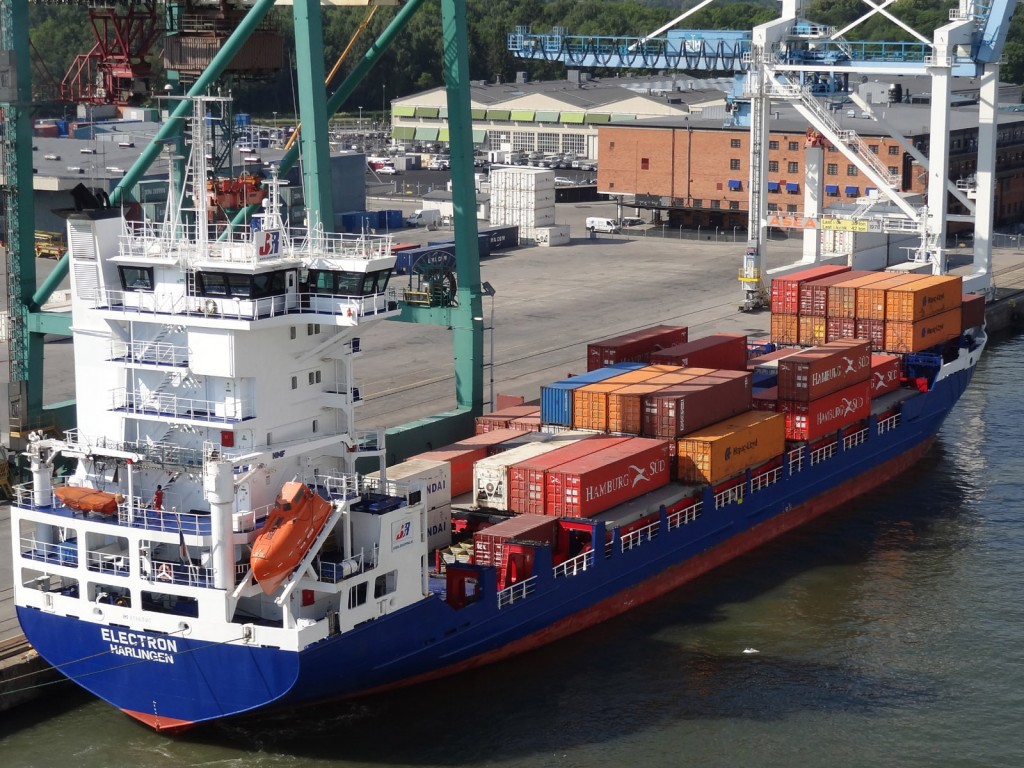 A key debate for some months has been the UK’s membership of the European Union. The debate has centred around the desire to return some powers back to the UK, but this has extended into the possibility of a referendum on our membership of the preferential trading area. So, let’s take a step back and consider why any country would want to be a member of a preferential trading area.
A key debate for some months has been the UK’s membership of the European Union. The debate has centred around the desire to return some powers back to the UK, but this has extended into the possibility of a referendum on our membership of the preferential trading area. So, let’s take a step back and consider why any country would want to be a member of a preferential trading area.
Preferential trading areas can be as basic as a free trading area or as advanced as a currency, or even political union. The eurozone is clearly a currency union, but the European Union, of which the UK is a member, is a common market. A common market has no tariffs and quotas between the members, but in addition there are common external tariffs and quotas. The European union also includes the free movement of labour, capital and goods and services. Membership of a preferential trading area therefore creates benefits for the member countries. One such benefit is that of trade creation. Members are able to trade under favourable terms with other members, which yields significant benefits. Countries can specialise in the production of goods/services in which they have a comparative advantage and this enables greater quantities of output to be produced and then traded.
Other benefits include the greater competition created. By engaging in trade, companies are no longer competing just with domestic firms, but with foreign firms as well. This helps to improve efficiency, cut costs and thus lower prices benefiting consumers. However, from a firm’s point of view there are also benefits: they have access to a much wider market in which they can sell their goods without facing tariffs. This creates the potential for economies of scale to be achieved. Were the UK to completely exit the EU, this could be a significant loss for domestic firms and for consumers, who would no longer see the benefits of no tariffs on imported goods. Membership of a preferential trading area also creates benefits in terms of potential technology spillovers and is likely to have a key effect on a country’s bargaining power with the rest of the world. As is a similar argument to membership of a trade union, there is power in numbers.
There are costs of membership of a preferential trading area, but they are typically outweighed by the benefits. However, estimates suggest that the cost of EU regulation is the equivalent of 10% of UK GDP. Furthermore, while the UK certainly does trade with Europe, data suggests that only 13% of our GDP is dependent on such exports. The future is uncertain for the European Union and Britain’s membership. There are numerous options available besides simply leaving this preferential trading area, but they typically have one thing in common. They will create uncertainty and this is something that markets and investors don’t like. Vince Cable warned of this, saying:
There are large numbers of potential investors in the UK, who would bring employment here, who have been warned off because of the uncertainty this is creating.
The impact of the UK’s decision will be significant and not just for those living and working in the economy. The world is no interdependent that when countries exist (or typically enter) a preferential trading area the wider economic effects are significant. While any change in the UK’s relationship with the EU will take many months and years to occur and then further time to have an effect, the uncertainty created by the suggestion of a change in the relationship has already sent waves across the world. The following articles consider the wider single market and the current debate on UK membership.
European Union: if the ‘outs’ get their way, we’ll end up like Ukraine Guardian, Vince Cable (16/5/13)
Conservative MP James Wharton champions bill to guarantee EU referendum Independent, Andrew Grice (16/5/13)
Nick Clegg shifts ground over EU referendum The Guardian, Patrick Wintour (15/5/13)
Cameron tells EU rebels to back referendum law Reuters, Peter Griffiths (16/5/13)
The EU and the UK – the single market BBC Democracy (4/3/13)
Single market dilemmas on Europe BBC News, Stephanie Flanders (14/5/13)
Lord Wolfson: I back the single market – but not at any cost The Telegraph, Lord Wolfson (19/1/13)
EU focuses on returning single market to health Financial Times, James Fontanella-Khan (8/5/13)
Questions
- What other examples of preferential trading areas are there? How close are they to the arrangement of the European Union?
- In each of the above examples, explain the type of preferential trading area that it is.
- What are the benefits and costs of being a member of a preferential trading area such as the EU? How do these differ to being a member of a) a free trade area and (b) a customs union?
- What options are open to the UK in terms of re-negotiating its relationship with the EU? In each case, explain how the benefits and costs identified in question 3 would change.
- Why is the UK’s decision so important for the global economy? Would it be in the interests of other economies? Explain your answer.
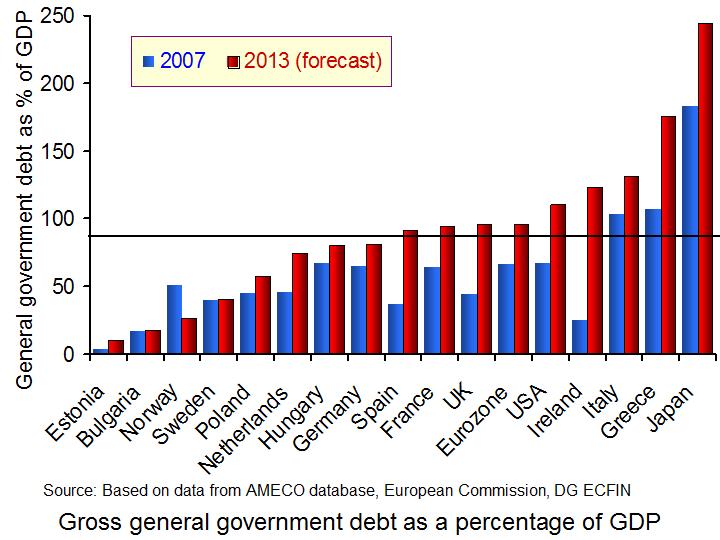 High levels of government debt and the adverse effect this has on the economy has been a key influencing factor in the fiscal consolidation efforts across the world. A key factor providing evidence in support of the connection between high government debts and low economic growth was a paper by two Harvard economists. However, the data used in their research has been called into question.
High levels of government debt and the adverse effect this has on the economy has been a key influencing factor in the fiscal consolidation efforts across the world. A key factor providing evidence in support of the connection between high government debts and low economic growth was a paper by two Harvard economists. However, the data used in their research has been called into question.
As we saw in a previous post, It could be you, Carmen Reinhart and Kenneth Rogoff presented a paper back in January 2010. Their research suggested that when a country’s debt increases above 90% of GDP, economic growth will slow considerably. (Click here for a PowerPoint of the above chart.) As you might expect, given the timing of this research, policymakers were intrigued. For those governments in favour of cuts in government spending and increases in taxation to bring the government debt down, this research was dynamite. It seemed to provide the evidence needed to confirm that if left to grow, government debt will have a significantly adverse effect on growth. Here was evidence in favour of austerity.
But, did a simple error create misleading information? A student at the University of Massachusetts Amherst was trying to replicate the results found by Reinhart and Rogoff, but was unable to do so. Thomas Herndon contacted the Harvard professors and they sent him the spreadsheets they had used in their calculations. Looking through it, an error in calculating the average GDP was spotted. However, the student and his supervisors also engaged in further research and came across other inconsistencies. This led to a draft working paper being published in April. The paper did find the same correlation between high debt levels and low growth, but the outstanding results found by Reinhart and Rogoff disappeared. Responding to the error, the Harvard professors said:
We are grateful to Herndon et al. for the careful attention to our original Growth in a Time of Debt AER paper and for pointing out an important correction to Figure 2 of that paper. It is sobering that such an error slipped into one of our papers despite our best efforts to be consistently careful. We will redouble our efforts to avoid such errors in the future. We do not, however, believe this regrettable slip affects in any significant way the central message of the paper or that in our subsequent work.
So, how might this correction and the implications affect government policy? Are we likely to see a reversal in austerity measures? Only time will tell.
Articles
Seminal economic paper on debt draws criticism Wall Street Journal, Brenda Cronin (16/4/13)
Reinhart, Rogoff … and Herndon: The student who caught out the Profs BBC News, Ruth Alexander (20/4/13)
Reinhart and Rogoff publish formal correction Financial Times, Robin Harding (8/5/13)
The 90% question The Economist (20/4/13)
Reinhart and Rogoff correct austerity research error BBC News (9/5/13)
Harvard’s Reinhart and Rogoff publish formal collection CNBC, Robin Harding (9/5/13)
Rogoff and Reinhart should show some remorse and reconsider austerity The Guardian, Heidi Moore (26/4/13)
The buck does not stop with Reinhart and Rogoff Financial Times, Lawrence Summers (5/5/13)
Meet Carmen Reinhart and Kenneth Rogoff, the Harvard professors who thought they had austerity licked – and Thomas Herndon, the student who proved them wrong Independent, Tim Walker (22/4/13)
Papers
Growth in a time of debt American Economic Review (May 2010)
Does high public debt consistently stifle economic growth? A critique of Reinhart and Rogoff Political Economy Research Institute, Herndon, Ash and Pollin (April 2013)
Questions
- How do high government debts arise?
- In order to reduce government debts, cuts in government spending and increases in taxation are advocated. How does theory suggest that these changes in fiscal policy will affect economic growth?
- What are the arguments (a) in favour of and (b) against austerity measures?
- How might the correction made by Reinhart and Rogoff affect policymakers and their austerity plans?
- What are the key messages from Reinhart and Rogoff’s paper?
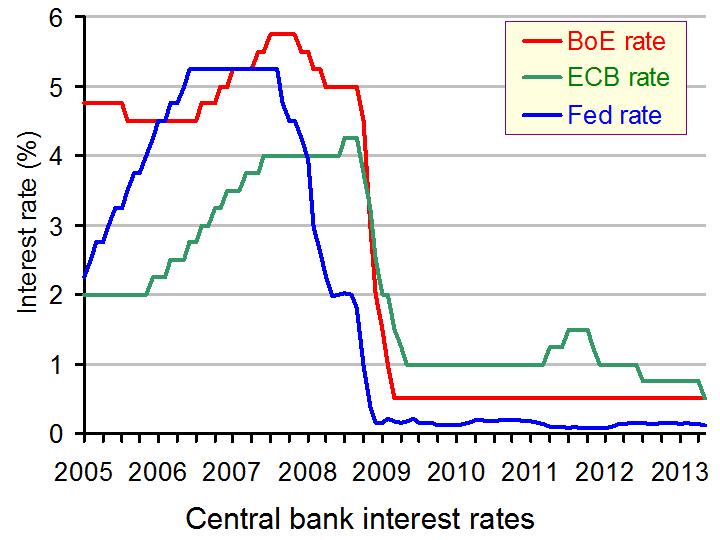 Interest rates have, for some years, been the main tool of monetary policy and of steering the macroeconomy. Across the world interest rates were lowered, in many cases to record lows, as a means of stimulating economic growth. Interest rates in the UK have been at 0.5% since March 2009 and on 2nd May 2013, the ECB matched this low rate, having cut its main interest rate from 0.75%. (Click here for a PowerPoint of the chart.)
Interest rates have, for some years, been the main tool of monetary policy and of steering the macroeconomy. Across the world interest rates were lowered, in many cases to record lows, as a means of stimulating economic growth. Interest rates in the UK have been at 0.5% since March 2009 and on 2nd May 2013, the ECB matched this low rate, having cut its main interest rate from 0.75%. (Click here for a PowerPoint of the chart.)
Low interest rates reduce the cost of borrowing for both firms and consumers and this in turn encourages investment and can boost consumer expenditure. After all, when you borrow money, you do it to spend! Lower interest rates will also reduce the return on savings, again encouraging spending and for those on variable rate mortgages, mortgage payments will fall, increasing disposable income. However, these above effects are dependent on the banks passing the ECB’s main interest rate on its customers and this is by no means guaranteed.
Following the cut in interest rates, the euro exchange rate fell almost 2 cents against the dollar.
Interest rates in the eurozone have been at 0.75%, but a 0.25 point cut was widely expected, with the ongoing debt crisis in the Eurozone continuing to adversely affect growth and confidence. A lack of trust between banks has also contributed to a lack of lending, especially to small and medium sized enterprises. The ECB has injected money into financial institutions with the aim of stimulating lending, but in many cases, banks have simply placed this extra money back with the ECB, rather than lending it to other banks or customers. The fear is that those they lend to will be unable to repay the money. In response to this, there have been suggestions of interest rates becoming negative – that is, if banks want to hold their money with the ECB they will be charged to do it. Again, the idea is to encourage banks to lend their money instead.
Small and medium sized businesses have been described as the engine of growth, but it is these businesses who have been the least able to obtain finance. Without it, they have been unable to grow and this has held back the economic recovery. Indeed, GDP in the Eurozone has now fallen for five consecutive quarters, thus prompting the latest interest rate cut. A key question, however, will be how effective this quarter of a percent cut will be. If banks were unwilling to lend and firms unwilling to invest at 0.75%, will they be more inclined at 0.5%? The change is small and many suggest that it is not enough to make much of a difference. David Brown of New View Economics said:
The ECB rate cut is no surprise as it was well flagged by Draghi at last month’s meeting. Is it enough? No. The marginal effect of the cut is very limited, but at least it should have some symbolic rallying effect on economic confidence.
This was supported by Howard Archer at HIS Global Insight, who added:
Admittedly, it is unlikely that the trimming of interest rates from 0.75% to 0.5% will have a major growth impact, especially given fragmented credit markets, but any potential help to the eurozone economy in its current state is worthwhile.
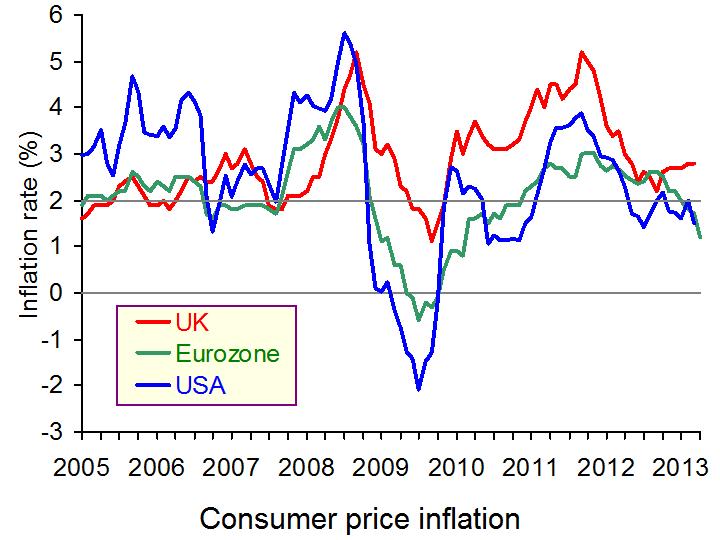 Inflation in the eurozone is only at 1.2%, which is significantly below the ceiling of 2%, so this did give the ECB scope for the rate to be cut. (Click here for a PowerPoint of the chart.) After all, when interest rates fall, the idea is to boost aggregate demand, but with this, inflation can emerge. Mr Draghi said ‘we will monitor very closely all incoming information, and assess any impact on the outlook for price stability’. The primary objective of the ECB is the control of inflation and so had inflation been somewhat higher, we may have seen a different decision by the ECB. However, even then, 5 consecutive quarters of negative growth is hard to ignore.
Inflation in the eurozone is only at 1.2%, which is significantly below the ceiling of 2%, so this did give the ECB scope for the rate to be cut. (Click here for a PowerPoint of the chart.) After all, when interest rates fall, the idea is to boost aggregate demand, but with this, inflation can emerge. Mr Draghi said ‘we will monitor very closely all incoming information, and assess any impact on the outlook for price stability’. The primary objective of the ECB is the control of inflation and so had inflation been somewhat higher, we may have seen a different decision by the ECB. However, even then, 5 consecutive quarters of negative growth is hard to ignore.
So, if these lower interest rates have little effect on stimulating an economic recovery, what about a movement away from austerity? Many have been calling for stimulus in the economy, arguing that the continuing austerity measures are stifling growth. The European Council President urged governments to promote growth and job creation. Referring to this, he said:
Taking these measures is more urgent than anything … After three years of firefights, patience with austerity is wearing understandably thin.
However, Mr. Draghi urged for policymakers to stick with austerity and continue to focus on bringing debt levels down, while finding other ways to stimulate growth, including structural reform. The impact of this latest rate cut will certainly take time to filter through the economy and will very much depend on whether the 0.5% interest rate is passed on to customers, especially small businesses. Confidence and trust within the financial sector is therefore key and it might be that until this emerges, the eurozone itself is unlikely to emerge from its recession.
ECB ready to enter unchartered waters as bank cuts interest rate to fresh low of 0.5pc The Telegraph, Szu Ping Chan (2/5/13)
Draghi urges Eurozone governments to stay the course on austerity Financial Times, Michael Steen (2/5/13)
Eurozone interest rates cut to a record low of 0.5% The Guardian, Heather Stewart (2/5/13)
ECB’s Draghi ‘ready to act if needed’ BBC News (2/5/13)
Eurozone interest rates cut again as ECB matches Bank of England Independent, Russell Lynch (3/5/13)
Margio Draghi urges no let-up in austerity reforms after Eurozone rate cut – as it happened The Guardian, Graeme Wearden (2/5/13)
ECB cuts interest rate to record-low 0.5% in desperate measure to drag Eurozone out of recession Mail Online, Simon Tomlinson and Hugo Duncan (2/5/13)
ECB cuts interest rates, open to further action Reuters, Michael Shields (2/5/13)
Eurozone loosens up austerity, slowly Wall Street Journal (2/5/13)
ECB cuts interest rate, not enough to pull the region out of recession The Economic Times of India (2/5/13)
Euro steady ahead of ECB interest rate announcement Wall Street Journal, Clare Connaghan (2/5/13)
 European Central Bank (ECB) cuts interest rates BBC News (2/5/13)
European Central Bank (ECB) cuts interest rates BBC News (2/5/13)
All eyes on ECB as markets expect rate cut Financial Times, Michael Steen (2/5/13)
Questions
- How is a recession defined?
- Using an aggregate demand/aggregate supply diagram, illustrate and explain the impact that this cut in interest rates should have.
- On which factors will the effectiveness of the cut in interest rates depend?
- Using the interest rate and exchange rate transmission mechanisms to help you, show the impact of interest rates on the various components of aggregate demand and thus on national output.
- What would be the potential impact of a negative interest rate?
- Why did the low inflation rate give the ECB scope to cut interest rates?
- What are the arguments for and against austerity measures in the Eurozone, given the 5 consecutive quarters of negative growth?
 A simple model in economics is that of demand and supply. Through the price mechanism, signals are sent between consumers and producers and this interaction results in an equilibrium market price and quantity. However, what happens when the market for a good or service is in disequilibrium?
A simple model in economics is that of demand and supply. Through the price mechanism, signals are sent between consumers and producers and this interaction results in an equilibrium market price and quantity. However, what happens when the market for a good or service is in disequilibrium?





